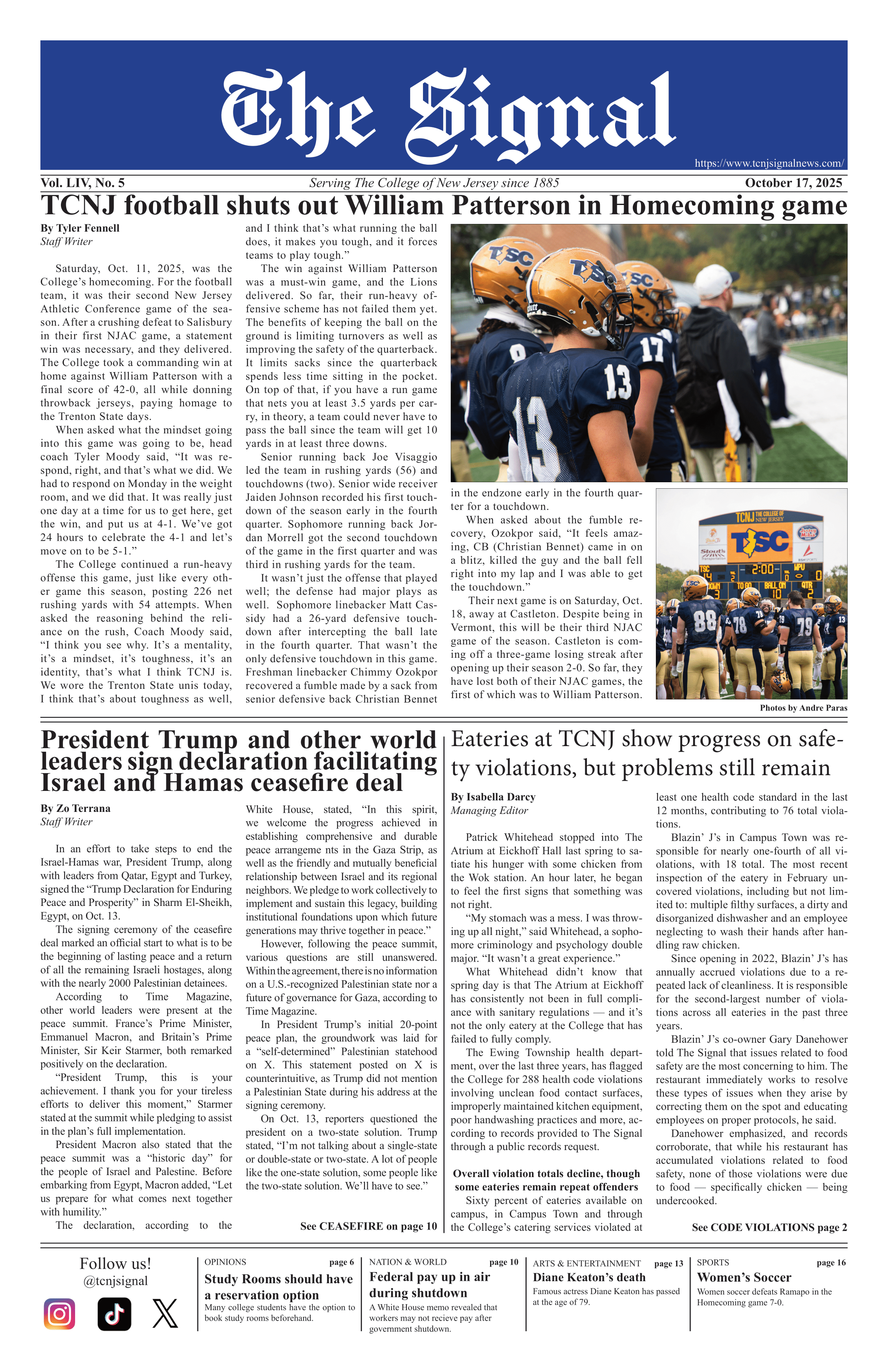Professors Monisha Pulimood and Andrew Carver shared their experiences using innovative software to foster learning outside of the classroom in the Monday, March 25 segment of the Center for Excellence in Teaching and Learning’s Food for Thought series.

Pulimood, a computer science professor, led an introductory workshop on the cloud-based software Piazza, an online question-and-answer forum that allows students to ask questions and interact with each other when studying. Users can also send private messages to each other, and the instructor is able to provide clarification or encouragement through comments and corrections to students’ answers.
The software received positive feedback from students, Pulimood said. She noticed that there is a “flurry of activity” on the program before an assignment is due.
“They will typically be working at three in the morning, and I’m not — I’m fast asleep — and if they’re working on a program and … they’re getting these strange error messages … it’s perfectly okay for other students … to actually respond,” Pulimood said. “I want to try to encourage that.”
The software, which the developers stated will remain free for educators, serves as a tool for instructors to gauge the level of participation in a class. Other positive features the software includes are its ease of use and its “amazingly responsive” customer service, Pulimood said.
Inspired by the videos on the nonprofit educational website, Khan Academy, finance professor Carver utilizes a method called “screencasting” to record lectures, which students watch on their own time. Screencasting involves capturing video of a user’s actions on a computer screen, which can then be edited and enhanced with voice overs and other additions.
Screencasting can be as simple as adding a sound clip to a PowerPoint presentation or as advanced as a “whiteboard lecture,” which Carver utilizes in his Introduction to Finance class. Carver writes out his lectures on a tablet, dragging in supplementary materials such as news articles when relevant, while the screencasting software, Camtasia, records all the additions. Afterward, Carver edits for hours using Camtasia, adding in voiceovers and visual aids, deleting pauses and making sure that his transitions are smooth.
Carver’s course runs in the style of what he calls “flipped classroom.” The students watch the lectures at home and work on what would typically be homework in class.
As a result, the students are able to devote the extra class time to working on problems, doing presentations and taking quizzes. As another benefit, students can re-watch the videos as needed, and those with short attention spans can learn at their own pace in the comfort of their own homes.
For Carver, however, there is one more benefit to recording these videos.
“You feel like you’re a real recording star,” Carver joked. “Don’t try to sing, because that’d, uh, be bad.”






